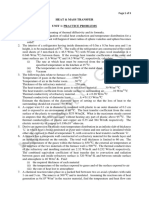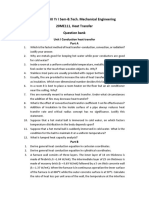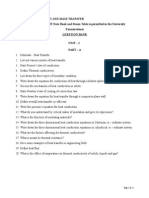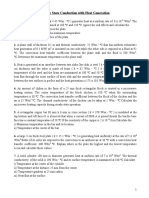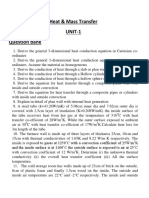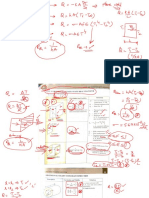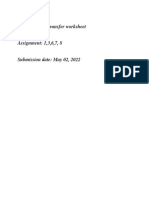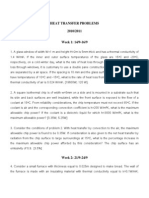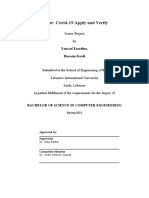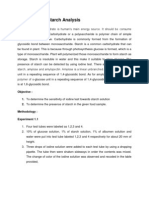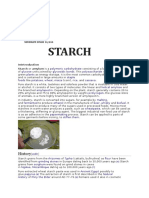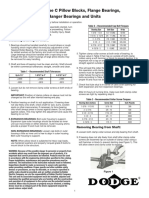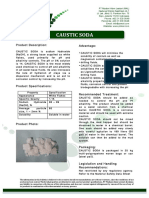0% found this document useful (0 votes)
34 views6 pagesCAT 1 - Question Bank 2
The document contains a comprehensive question bank focused on heat conduction, covering various scenarios including cylindrical and spherical coordinate systems, insulation layers, heat generation, and thermal resistance calculations. It includes problems related to heat flow, temperature distribution, and the effects of insulation on heat transfer. The questions require the application of fundamental principles of heat transfer and thermodynamics to solve practical engineering problems.
Uploaded by
leyanderpillaiCopyright
© © All Rights Reserved
We take content rights seriously. If you suspect this is your content, claim it here.
Available Formats
Download as DOCX, PDF, TXT or read online on Scribd
0% found this document useful (0 votes)
34 views6 pagesCAT 1 - Question Bank 2
The document contains a comprehensive question bank focused on heat conduction, covering various scenarios including cylindrical and spherical coordinate systems, insulation layers, heat generation, and thermal resistance calculations. It includes problems related to heat flow, temperature distribution, and the effects of insulation on heat transfer. The questions require the application of fundamental principles of heat transfer and thermodynamics to solve practical engineering problems.
Uploaded by
leyanderpillaiCopyright
© © All Rights Reserved
We take content rights seriously. If you suspect this is your content, claim it here.
Available Formats
Download as DOCX, PDF, TXT or read online on Scribd
/ 6


